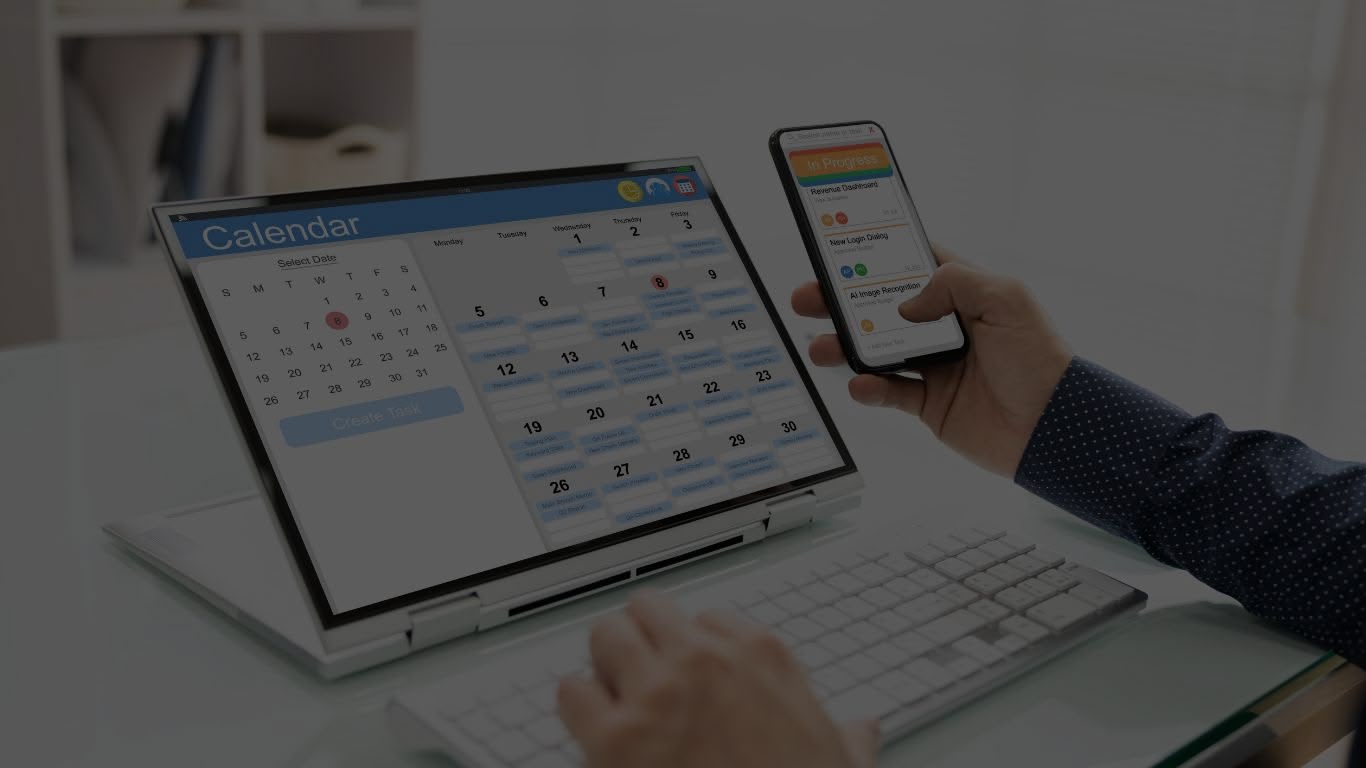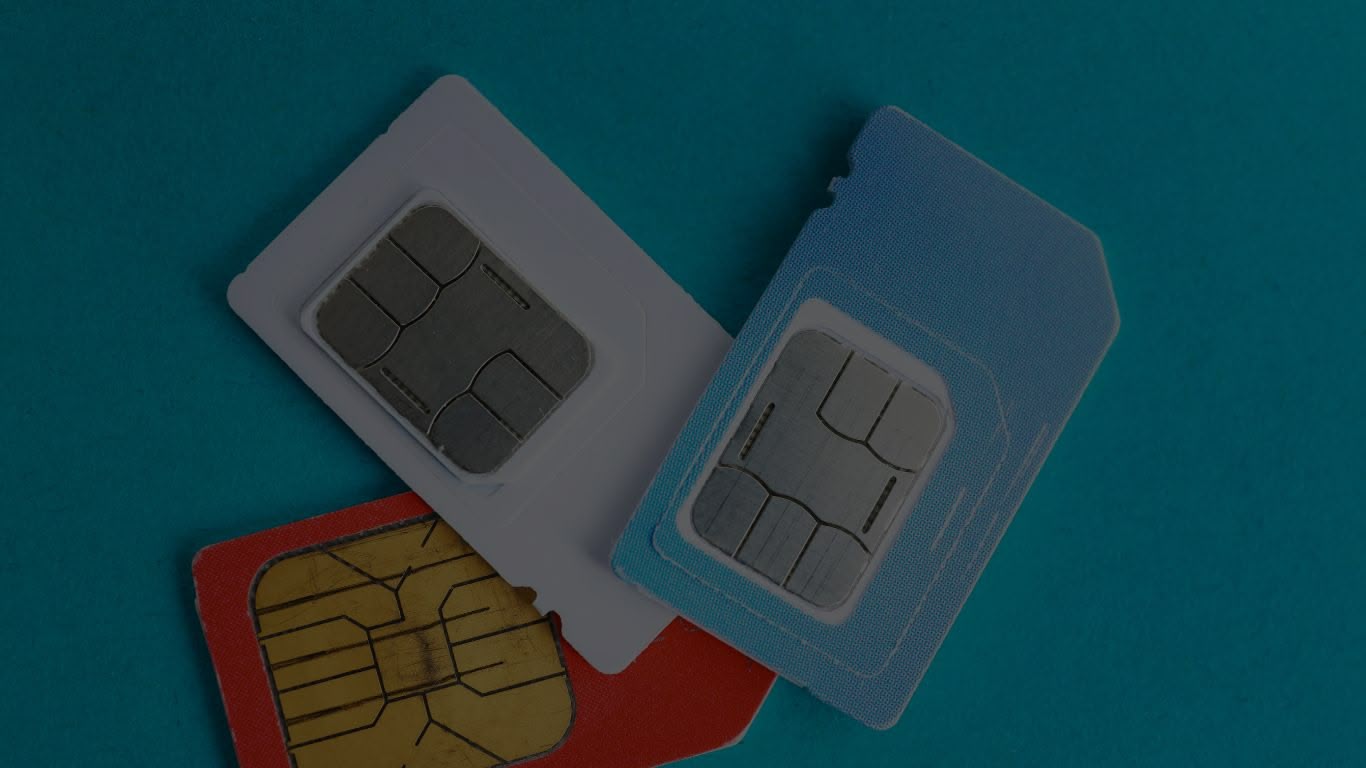Marketing in 2025 isn’t just about choosing the right channels – it’s about making smarter decisions that move the business forward. With tighter budgets, new AI tools, and audiences who expect more than ever, marketers face real pressure to prove every pound is well spent.
Whether you’re running paid ads or building a brand with content, the lines between digital and performance marketing are becoming harder to define. And with mobile ads expected to account for 70% of total ad spending by 2028, mobile-first thinking is no longer optional; it’s essential.
This choice matters because it shapes how quickly you grow, how well you’re remembered, and how much long-term value you deliver. Here’s how to decide which path aligns with your goals and how to get it right.
The Budget Tug-of-War: Performance ROI vs Brand Building
Marketing budgets have become battlegrounds for competing goals. Performance marketing offers measurable outcomes, such as leads, conversions, and sales. It’s appealing because it delivers speed and visibility. Paid search, social ads, and retargeting campaigns fall squarely into this territory, particularly in dynamic markets like Dubai, where growth and data-driven strategies are often prioritised.
Digital marketing, on the other hand, encompasses broader tactics like SEO, email nurturing, brand storytelling, and content marketing. The payoff takes longer, but it fosters customer loyalty, supports organic growth, and helps build a stronger market position, an approach also adopted by firms such as TIDAL Digital – Performance Marketing Agency Dubai that balance both performance and long-term strategy.
2025 Budget Trends in the UK
Marketing leaders across the UK are shifting how they allocate budgets, with a noticeable lean towards performance-driven channels. There’s a growing focus on accountability; every pound spent is expected to show a clear return. At the same time, there’s increasing recognition that long-term success relies on brand equity, especially in sectors like DTC and B2B SaaS, where trust and customer lifetime value matter.
Many businesses are working closely with a digital marketing agency to navigate this balance, blending short-term performance with long-term brand development. Startups often lead with paid acquisition to gain traction quickly, while scale-ups are adopting more balanced, hybrid strategies.
Mature brands tend to invest more in brand and organic channels, with a stronger focus on customer retention and lifecycle marketing. The right mix depends on your stage of growth, your goals, and how quickly you need to see results. If you’re unsure how to strike that balance effectively, it may be time to consult Helium SEO — a partner equipped to align your strategy with measurable outcomes and long-term brand growth.
Ask These Questions Before Choosing Your Marketing Path
Before committing to a performance-first or digital-first approach, consider these five decision drivers:
1. What are the commercial goals for the next 12 months?
If rapid revenue is the goal, a performance-driven approach may be a better starting point. Building category leadership? Consider brand investment.
2. Do you need speed or sustainability or both?
Performance delivers speed. Digital brand work delivers compounding returns.
3. Can your team measure and optimise in real time?
Performance marketing requires constant iteration. Lacking internal bandwidth may reduce ROI.
4. Is the product brand-driven or performance-sensitive?
Products that rely on emotional connection (luxury, wellness) thrive on brand equity.
5. How mature is your sales and marketing funnel?
Weak nurture paths may waste performance-driven leads. Build funnel strength before scaling spend.
Team & Talent: Who You Need for Each Approach
Different strategies demand different skill sets and team structures.
| Function | Performance Marketing | Digital Marketing |
| Key Roles | Paid media buyer, CRO expert, data analyst | SEO lead, content strategist, email specialist |
| Focus | Conversions, A/B testing, and ROI tracking | Brand story, engagement, funnel optimisation |
| Success Metrics | ROAS, CAC, conversion rate | LTV, organic traffic, engagement rate |
| Toolkits | Google Ads, Meta Ads Manager, attribution tools | HubSpot, SEMrush, YouTube, CRM platforms |
T-shaped marketers are in demand, those with a broad understanding and deep expertise in one or two key channels.
Hiring in 2025:
- In-house teams excel at long-term alignment but may lack agility.
- Agencies bring channel expertise but require clear scopes.
- Hybrid models offer flexibility with in-house strategic oversight.
Which Channels Work in 2025 and Why
The channel mix continues to shift with consumer behaviours and platform evolutions.
Performance Favourites:
- Google Performance Max: AI-optimised campaigns covering multiple placements
- Meta Ads: Still strong for visual products and lookalike audiences
- TikTok Ads: Rapid growth in e-commerce, especially for Gen Z audiences
Digital Channel Winners:
- SEO & Content: Remain essential for long-term traffic and trust
- YouTube: A branding and education powerhouse
- Email Journeys: Segmented automation still drives retention
AI and Automation:
- Predictive segmentation, dynamic creatives, and auto-bidding are redefining performance marketing
- Attribution tools like Triple Whale and Segment are crucial to understanding what works
Channel by Goal:
- Brand Lift – YouTube, Influencer Collabs
- Lead Gen – Google Ads, LinkedIn
- Revenue – Retargeting, Conversion Rate Optimisation (CRO)
- Retention – Email Automation, Community Building
Decision-Making Framework: How to Choose the Right Approach
Choosing the right marketing approach in 2025 depends on several contextual factors: business goals, team capabilities, and how urgently outcomes are needed. Here’s how to evaluate what fits best:
Immediate Revenue Need
If the priority is generating revenue quickly, performance marketing is often the most effective route. It’s built around direct response and rapid results, making it suitable for campaigns that need to deliver within days or weeks. Digital marketing, while valuable, typically requires a longer runway before returns become visible.
Brand Equity Goal
For organisations aiming to build long-term brand value, digital marketing is the stronger option. Through storytelling, content, and consistent visibility, it supports deeper brand engagement. Performance marketing does not prioritise brand-building and may even overlook it if short-term metrics dominate the strategy.
Internal Measurement Capability
Performance marketing thrives on data. If your internal team has strong analytics skills and can optimise in real time, it’s easier to drive efficiency and results. Digital marketing also benefits from measurement but is less reliant on immediate feedback loops, instead using broader indicators such as engagement or organic growth over time.
Funnel Maturity
A well-developed sales and marketing funnel supports both approaches. Performance marketing can scale conversions effectively when pathways are optimised, while digital marketing is ideal for nurturing leads through a layered journey, particularly when customers need time before making a purchase decision.
Budget Flexibility
Digital marketing offers more gradual scalability, which can be helpful for businesses with limited or fixed marketing budgets. Performance marketing tends to require more aggressive spending upfront and can lead to budget waste if not properly managed – particularly in high-cost channels.
Best Practice for 2025
Test small. Measure quickly. Scale what works. In 2025, the most effective marketing teams are those that operate with agility. Rather than locking into a fixed model, they build adaptive frameworks that respond to performance data and shifting market conditions – ensuring the strategy remains aligned with real business outcomes.
Performance vs Digital Marketing in 2025
| Criteria | Performance Marketing | Digital Marketing |
| Primary Focus | Short-term conversions, direct ROI | Long-term brand growth, audience engagement |
| Channels | PPC, Paid Social, Programmatic, Affiliate | SEO, Organic Social, Email, Video Content |
| Measurement | Immediate metrics (CPC, CPA, ROAS) | Engagement & awareness metrics (traffic, shares, LTV) |
| Time to Results | Short (days to weeks) | Long (months) |
| Best For | New product launches, sales funnels, demand gen | Trust-building, category creation, thought leadership |
| Challenges | Ad fatigue, channel dependence, rising costs | Attribution difficulty, slower return on spend |
| 2025 Trends | AI-automated targeting, real-time feedback | Brand ecosystems, evergreen content, SGE-adapted SEO |
FAQs
1. Is performance marketing better for start-ups, or should we invest in building our brand first?
Performance marketing offers faster results, which can be crucial for early-stage validation. However, without some investment in the brand, long-term retention and trust may suffer. A hybrid approach often works best; begin with performance and layer in the brand as you grow.
2. How do I prove ROI on digital marketing when the impact isn’t immediate?
Track leading indicators like engagement rates, organic traffic growth, and brand search volume. Tie content journeys to assisted conversions using attribution tools. Over time, these signals help build a case for brand-driven investment.
3. Can I blend both performance and digital marketing into one strategy?
Yes, and in 2025, that’s often the most effective approach. Many teams use performance to drive traffic and conversions, while digital marketing builds brand trust and nurtures loyalty. Integration is key.
Integration is the Future
The decision between performance marketing and digital marketing isn’t binary. The most effective teams are those that connect the dots, combining the quick wins of paid media with the compounding power of brand-building.
In 2025, marketing success depends on agility, data fluency, and alignment with business objectives. The winning formula blends performance data with creative storytelling, optimised for both today’s results and tomorrow’s growth.









